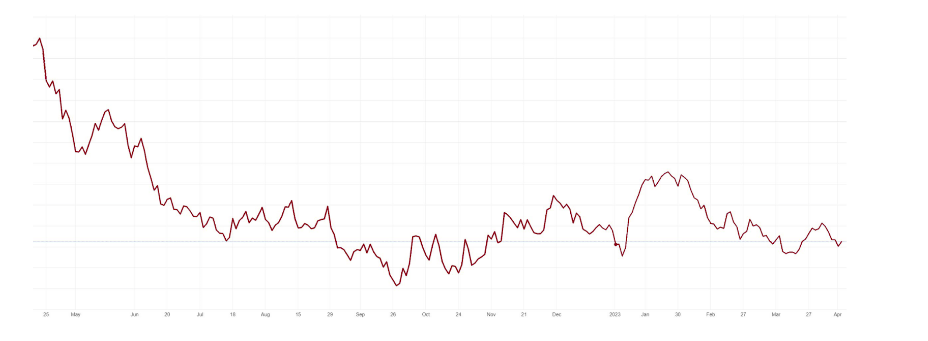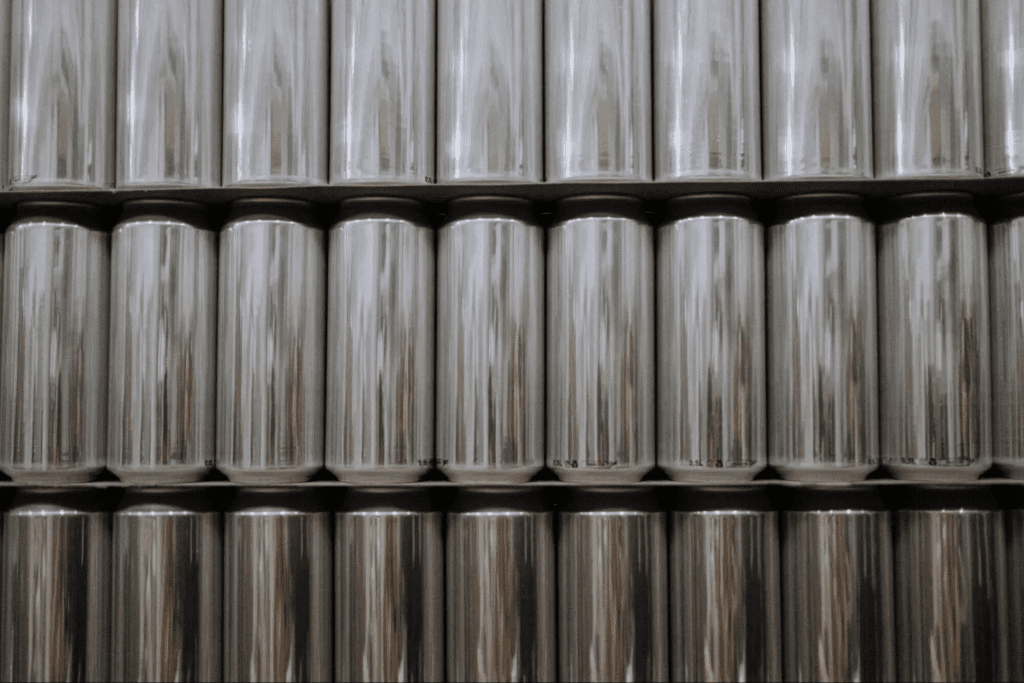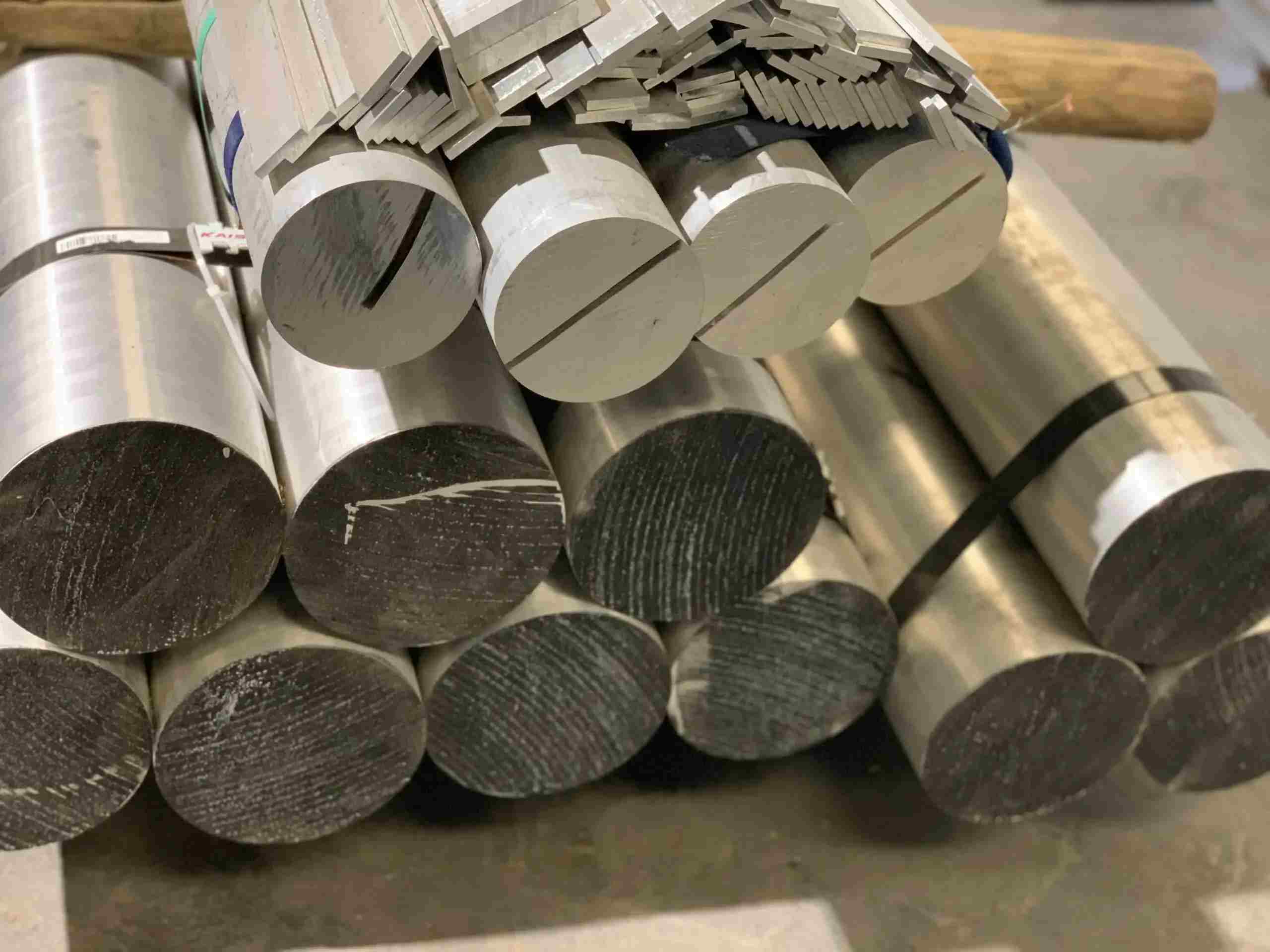Consumer behavior and the resulting market demands are notoriously hard to predict. The unusual and unexpected shortages of everything from beef to used cars to semiconductors during the pandemic and post-pandemic shakeup are well known.
What is less well-known is that some of these shortages were due to manufacturers misinterpreting where the markets were heading.
Many shortages came from manufacturers expecting a dip in demand and seeing sharp rises instead. Working from home stoked demand for computers, and, in many cases, stimulus money went into the purchase of automobiles.
A slowdown had been widely expected beforehand, and production cuts had been made in anticipation of this slowdown. The unexpected spike in demand caused widespread shortages and skyrocketing prices.
A similar subversion of expectations might apply to an expected aluminum shortage in 2023. Shortages of aluminum and rising prices are expected due to an announcement of a 200% tariff on Russian aluminum. This is effectively a ban on imported aluminum from Russia, which accounts for around 5 to 6% of the US market.
Russia is also the main provider of certain specialty aluminum products like large-diameter round bars of aluminum. However, markets and commodities markets are complex, and this widely anticipated shortage may not happen. It may affect only narrow industrial sectors instead, or more sweeping shortfalls across multiple industrial and consumer sectors may happen again.
The Global Markets in 2023

There are two major factors causing uncertainty in global markets in 2023. The first is the ongoing war in Ukraine, which has major implications for a diverse range of products. The two countries involved are both major commodities producers for the global market. Most notably, both nations are major agricultural exporters, but the two are also major exporters of industrial materials.
Russia is the third-ranked primary aluminum producer in terms of metric tonnage produced annually, and prior to invading its neighbor, it had plans to expand the production of aluminum.
Although Ukraine isn’t even in the top twenty countries that produce aluminum globally, it is the sixth largest producer of magnesium globally, and this metal is important in producing aluminum, with a magnesium shortage affecting aluminum production in 2022.
The second factor seriously impacting markets in 2023—and likely to cause turmoil for decades—is the friction between China and the United States. These two largest economies in the world are the number one and number nine producers of primary aluminum, respectively. A power crunch in China during 2022 already caused production shortfalls in primary aluminum, which led to shortages felt globally.
These power generation shortfalls were largely due to trade friction between China and its trade partners, namely Australia, which saw interruptions in coal supplies that led to power rationing in China and shutdowns in industrial sectors like aluminum production.
These two factors or ongoing events will persist throughout the rest of 2023, and quite likely will continue to have knock-on effects for the rest of the decade. How these factors will interact over the short span of the rest of the year is hard to say. The rest of the decade is even harder to define. However, in the narrow field of aluminum supply, some trends may allow suppliers to prepare.
Aluminum Supply and Demand in 2023

During the first months of 2023, the price of aluminum defied all expectations and has actually decreased. The price of aluminum has been in more or less continual decline since it reached its peak in April of 2022.
The reason for this is simple: The available supply of primary aluminum is shrinking, but the aluminum demand is shrinking faster, leading to a relative oversupply in the market. There are a few factors that are driving this trend:
- Inflation: Starting in January 2021, the cost of items across the board began surging due to a combination of production shortfalls during the pandemic, increased demand as the world exited lockdown, and excessive liquidity due to stimulus spending.
- Interest Rate Increases: In an effort to bring inflation down into the 2% annual inflation range, governments have been increasing their interest rates, effectively reducing the money supply, and decreasing the capital available for loans and other investments.
- Rising and then Declining Energy Costs: A direct result of the Russian invasion of Ukraine was a surge in energy prices which vastly increased the costs of manufacturing aluminum. Fuel cost reached a peak in March 2022 and has been declining overall since reducing the production cost of primary aluminum.
One effect of these factors has been a great deal of market volatility, and manufacturers and consumers alike exercising caution due to uncertainty. This has crushed demand in many sectors as few organizations and persons are willing to make large investments or purchases in such an uncertain and volatile market.
This is further enhanced by a general economic slowdown in China—which has simultaneously reduced demand as the single largest manufacturer of products globally—is demanding less aluminum and other commodities. However, it has also reduced supply at the same time as one of the biggest manufacturers of industrial aluminum has also reduced output.
The combination of factors thus far has led to demand shrinking faster than supply is reduced, and the price for aluminum coming down. However, the story of the markets for the last few years has been one of volatility and unexpected and sudden changes.
The current surplus supply of aluminum is also uneven, with only certain alloys of the material in relative abundance, while aluminum alloys made for specialized use, such as making aluminum cans, remain in short supply.
|
Top-Grade Aluminum for Every Purpose and Industry |
||
|
New Aluminum Plate 6061 |
New Aluminum Rectangular Bar |
All Aluminum Shapes |
 |
 |
 |
| Customizable thickness: Measure in inches. You can get various options for all industry applications.Can be cut to specific shapes and sizes: Excellent weldability to cater to unique project needs.
Corrosion resistance: Grades like 6061-T651 are perfect for marine hardware applications that require superior rust resistance. |
Environmental resilience: Due to its heat treatable nature, 6061 aluminum does well in extreme conditions.Wide selection of sizes and dimensions: Choose your sizes based on tensile strength, width, and weight.
Good machinability: It’s lightweight and high strength makes it flexible for a number of applications. |
Reliable supply: Consistent, certified aluminum stock you can trust.High-quality material: Superior-grade aluminum for precision needs.
Custom cuts: Accurate cuts down to thousandths of an inch. |
The Potential for an Aluminum Shortage in 2023
If you commonly work with aluminum alloys you may not be aware that costs for primary aluminum have decreased over the last year. There is more than one type of aluminum alloy, and if you work with something specialized like tooling plate aluminum, which is still in short supply, you are likely still paying a premium for the materials you need.
A great deal of extruded aluminum round bar in diameters larger than six inches was sourced from Russia and is in short supply due to the ongoing war and the resulting sanctions. This type of aluminum shortage in 2023 is a reality and is likely to remain a reality throughout the rest of the year and beyond. Production of specialty alloys or dimensions that aren’t widely used isn’t as easily ramped up as more generally used aluminum.
The Aluminum Industry and Domestic Supply Chain Challenges

The aluminum industry plays a crucial role in the domestic supply chain, particularly for sectors like aerospace, automotive, and construction. The recent focus on sourcing materials domestically has highlighted the importance of maintaining a strong domestic supply chain for aluminum. However, the industry faces several challenges, including high energy costs and global market competition.
Energy Costs and Aluminum Production
Aluminum production is an energy-intensive operation, making power costs a significant factor in the industry’s sustainability. Many aluminum plants, including the Century Aluminum Plant, have faced difficulties due to high energy costs. Local power providers and electric cooperatives play a crucial role in determining the viability of aluminum smelters. For instance, the New York Power Authority has been instrumental in supporting aluminum production in upstate New York.
The energy transition presents both challenges and opportunities for the aluminum industry. While it may lead to increased costs in the short term, it also opens up possibilities for cheaper energy sources in the long run. The use of solar panels and wind turbines could potentially provide near-constant electricity needed to run an aluminum plant, making operations more sustainable. A third-party renewable generator could help alleviate some of the power costs associated with aluminum production.
Government Initiatives and the Aluminum Industry
Recent government initiatives, such as the Inflation Reduction Act and the Defense Production Act, have implications for the aluminum industry. These acts aim to strengthen domestic supply chains and promote the production of clean energy technologies, many of which rely on aluminum as a lightweight metal. The installation of electric transmission lines is crucial for supporting the industry’s power needs and facilitating the energy transition.
Tax incentives and credits provided by these acts could support domestic aluminum producers and help safeguard national security by ensuring a stable supply of this critical material. For example, the Alcoa Massena plant in upstate New York has benefited from such initiatives, allowing production to continue at full capacity and generate electricity more efficiently.
Challenges and Opportunities
Despite these initiatives, some aluminum plants have faced difficulties. The closure of the Century Aluminum plant in South Carolina highlights the industry’s ongoing challenges. High operational costs, including indirect material costs, have made operations unsustainable for some aluminum plant organizations.
However, the growing demand for aluminum in electric vehicles, solar panels, and wind turbines presents opportunities for further investment in the industry. The focus on domestically produced goods and the creation of good-paying union jobs aligns with the goals of strengthening the domestic aluminum industry. Collaboration with a local power provider and a third-party renewable generator could help address the persistent issue of high electric costs.
As the global market continues to evolve, the aluminum industry must navigate these challenges while capitalizing on opportunities presented by the clean energy transition and increased focus on domestic production. Balancing the needs of local communities, national security interests, and economic viability will be crucial for the industry’s future.
Whatever your aluminum needs, Industrial Metal Service saws and delivers nationwide process-ready aluminum cut to your specifications. We offer a fair price, including specialty aluminum alloys like ALCA-5 and Alimex along with 6061 plate, bar, and rounds. Call or request a quote to work with an aluminum supplier you can rely on to help you manage power costs and navigate the energy transition in your manufacturing processes.
 Angle
Angle Cast Plate
Cast Plate Diamond Plate
Diamond Plate Flat Bar
Flat Bar Plate
Plate Round Bar
Round Bar Square Bar
Square Bar Square Tubing
Square Tubing Round Tubing
Round Tubing Angle
Angle Channel
Channel Diamond Plate
Diamond Plate I Beam
I Beam Round Bar
Round Bar Sheet
Sheet Square tubing
Square tubing Round Tubing
Round Tubing Rectangular Tubing
Rectangular Tubing Plate
Plate Rectangular Bar
Rectangular Bar Rectangular Tubing
Rectangular Tubing Round Bar
Round Bar Sheet
Sheet Square Bar
Square Bar Square Tubing
Square Tubing
